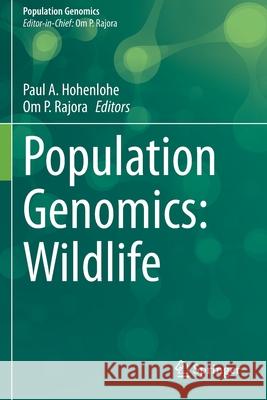Population Genomics: Wildlife » książka
topmenu
Population Genomics: Wildlife
ISBN-13: 9783030634919 / Angielski / Miękka / 2021 / 574 str.
Population Genomics: Wildlife
ISBN-13: 9783030634919 / Angielski / Miękka / 2021 / 574 str.
cena 805,10
(netto: 766,76 VAT: 5%)
Najniższa cena z 30 dni: 693,97
(netto: 766,76 VAT: 5%)
Najniższa cena z 30 dni: 693,97
Termin realizacji zamówienia:
ok. 22 dni roboczych
Dostawa w 2026 r.
ok. 22 dni roboczych
Dostawa w 2026 r.
Darmowa dostawa!
Kategorie:
Kategorie BISAC:
Wydawca:
Springer
Język:
Angielski
ISBN-13:
9783030634919
Rok wydania:
2021
Ilość stron:
574
Waga:
0.79 kg
Wymiary:
23.39 x 15.6 x 2.95
Oprawa:
Miękka
Wolumenów:
01
Dodatkowe informacje:
Wydanie ilustrowane











